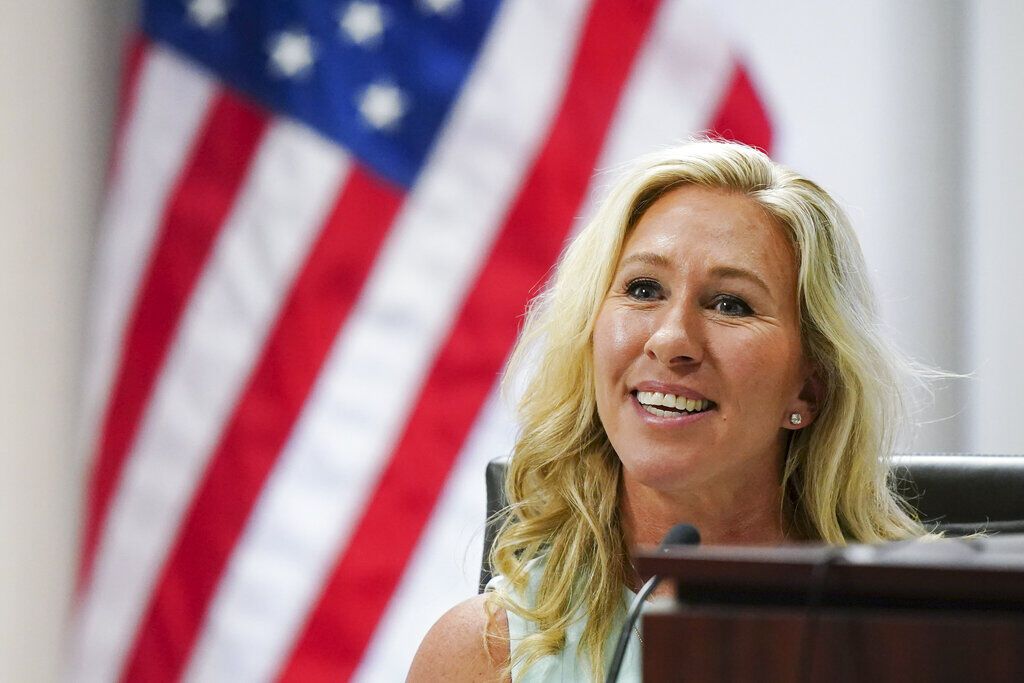Common Sense Institute: Colorado Option could lead to cuts in services or higher premiums

Is the Colorado Option sustainable?
A new report from the Common Sense Institute, a think tank that hews to the conservative values of free enterprise and individual opportunity, is raising concerns that the Colorado Option, a state-mandated health insurance plan for the individual and small group markets that becomes available in 2023, may be hindered by rising medical inflation that could force health care providers to choose between cutting services and passing on those higher costs through higher premium prices.
The Colorado Option is the result of legislation passed in the 2021 session. Initially, Democratic lawmakers hoped for a “public” option: a health insurance plan that would have been run by the state. But pushback from a small group of Senate Democrats forced the sponsors to scale it back to a private market insurance plan that the health insurance industry would be mandated to offer, if they cannot meet premium reduction targets totaling 15% by 2025. The Colorado Option promises to lower insurance premiums – to be achieved both through the premium rate reductions from the insurance companies and caps on the prices that hospitals and other health care providers can charge for their services.
The issue is medical inflation, according to the CSI report. That’s a combination of higher utilization of services, in part driven by the pandemic, and the unit cost of services. House Bill 21-1232 defines medical inflation as a 10-year annual average of national medical care price growth prior to each plan year. The law intends to allow premiums to grow at the rate of medical inflation, known as the allowable growth rate.
Those two – high utilization of service and cost of service – combine to set the “medical trend,” which the Division of Insurance says is “the projected increase in the costs of medical services assumed in setting premiums for health insurance plans.”
The report noted the that medical inflation between March 2021 and March 2022 stood at 7.62%, nearly three times higher than the 2.72% allowable premium growth rate estimated by the Division of Insurance and Wakely Consulting Group, an actuarial firm contracted by DOI to work on the option plan.
CSI pointed out that an external estimate of the medical trend from PricewaterhouseCoopers shows at least 6.5%, an assumption used by the Colorado Department of Health Care Policy and Financing in its 2022-23 budget request for Medicaid cost increases.
That, according to CSI, puts more cost pressures on health care providers, including doctors and hospitals, and the health insurance carriers at a time when they’re supposed to be meeting those premium reduction targets.
That trend is not going to drop anytime soon, the report forecasted.
Chris Brown, executive director of CSI, told Colorado Politics that under HB 1232, the state can set hospital reimbursement rates if insurance carriers are unable to meet the increasingly restrictive premium price targets.
As a result, payments will not keep up with those growing costs, and that will force medical providers to either cut costs that could, in turn, affect quality and access, or pass on the losses from the Colorado Option plan to other private insurance plans, including those in the large group market, made up primarily of private insurance offered by businesses with 50 or more employees.
If the Colorado Option were in effect in 2021, the year the law passed, under that 10-year average, the report said the the total allowable premium growth would have fallen short of the actual cost increase by 13.4%, and, if it were only in effect during the five years ending last year, the allowable growth would have fallen short by 32.1%.
What that means, the report said, is that a health care provider – including doctors and hospitals – “would have experienced a revenue cut of that same magnitude from marketplace policyholders.”
“This would have been disastrous for health care providers and for the level of medical care accessible to consumers,” the report added.
“Our findings simply mean that the Colorado Option plan will struggle to pay medical providers rates that keep up with their underlying costs,” Brown said in a statement.
In a statement to Colorado Politics, the Colorado Hospital Association said the report “highlights another key challenge we see for hospitals and health systems faced with implementing the Colorado Option – the role of inflation and growth in expenses.”
The group noted that the American Hospital Association just issued a report on this issue, as well. That report showed that, over the last two years, hospitals have faced significant increases in major expense categories, such as labor (increased nearly 20%), drugs (increased nearly 30%), and medical supplies (increased 20%).
“The Colorado Option relies on the use of a 10-year historical average of medical cost trends, yet Coloradans and our hospitals are experiencing significantly higher cost trends. This program design flaw may result in failure of the program to meet its objectives and could put significant additional burden on Colorado hospitals, many of which are already operating at unsustainable operating margins,” the group said.
The CHA raised other issues tied to the rulemaking process employed by the Division of Insurance.
The CHA and Colorado’s hospitals and health systems have been an active partner in the rulemaking process for the new Colorado Option.
“Unfortunately, CHA has significant concerns about how the process is being managed and how that will impact hospitals and health systems. Specifically, delays in the certain anticipated completion dates as part of that process could impede our member hospitals’ and health systems’ ability to execute their responsibilities required by the statute,” the statement said.
The CHA, the Colorado Association of Health Plans and the Colorado Medical Society sent a joint letter in April to the Division of Insurance over those concerns.
“With a number of regulatory components that are running four months or more behind anticipated completion dates, it may be nearly impossible for providers like hospitals and health systems to comply by the required deadline,” the CHA said.
Vincent Plymell, spokesman for the Colorado Division of Insurance, told Colorado Politics that earlier this year, the division published a bulletin in order to ensure that calculations of national medical inflation were transparent.
“At the time of the publication of the bulletin, the most recent data available was for a period from March 2012 to February of 2022. The 10-year average of the medical care component of [medical inflation] over this time period was 2.7%, much lower than the 7.62% highlighted in the Common Sense Institute report. However, if that data in the future shows inflation is at 7.62%, then we will use 7.62%,” Plymell said.













